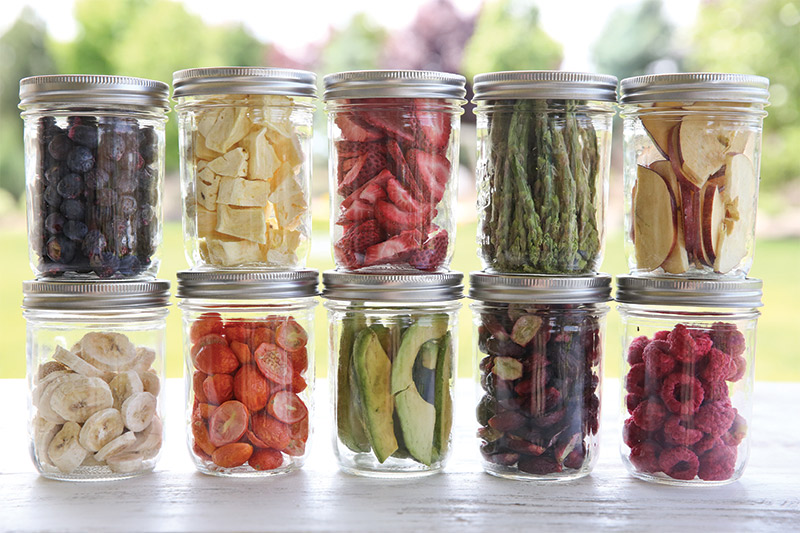Lyophilizer technology is an important drying method widely used in many industries. Also known as lyophilization or "freeze drying", this process aims to freeze a substance, then remove moisture by allowing water to pass directly into the gas phase. This method reduces the water content while preserving the original structure of the substance, thus increasing durability and providing a longer shelf life.
Lyophilizers are devices that perform this particular drying process. They have a complex structure that includes a freezing chamber, vacuum chamber and control systems. The lyophilization process generally consists of three main stages: freezing, sublimation and desorption.
The first stage, freezing, involves rapidly freezing the substance at low temperatures. The freezing process solidifies the water content of the substance, allowing water molecules to form ice crystals. Thus, water molecules are trapped in the structure of the substance and then turn into water vapor in the sublimation stage.
The sublimation step allows the frozen material to pass directly into water vapor by applying heat under vacuum. In this step, low pressure and suitable temperature accelerate the transition of water molecules from the solid phase to the gas phase. In the sublimation process, water vapor is removed by vacuum pumps and the ice crystals in the substance evaporate, increasing the evaporation rate of the water.
The final stage, desorption, is carried out after the sublimation process. A higher temperature and lower pressure are applied to reduce the amount of moisture remaining in the material. In this step, the water molecules in the substance completely evaporate and are removed by vacuum pumps. The desorption process allows the substance to dry completely and increase its durability.
Lyophilizers have complex systems that precisely control and automate these three stages. Parameters such as temperature, pressure, vacuum level and time are carefully adjusted to ensure that the drying process is efficient and repeatable.

